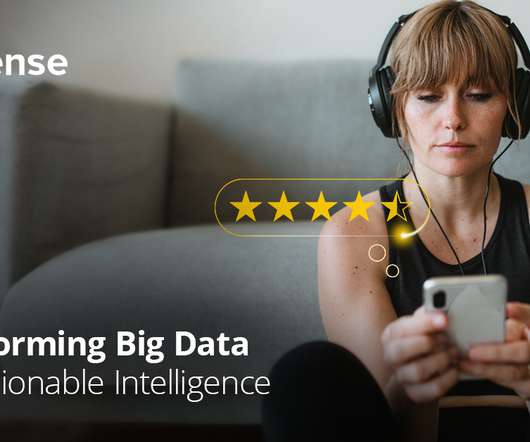Is Your Data Management Infrastructure Modern Enough for IoT?
Hurwitz & Associates
JULY 10, 2018
Internet-of-Things (IoT) has entered the lexicon of IT-related buzz terms in a big way over the past few years, and there is good reason for this. IoT at its foundation refers to what can literally be billions of devices spanning the globe (and beyond) that can be connected to the internet to serve a variety of purposes.














Let's personalize your content